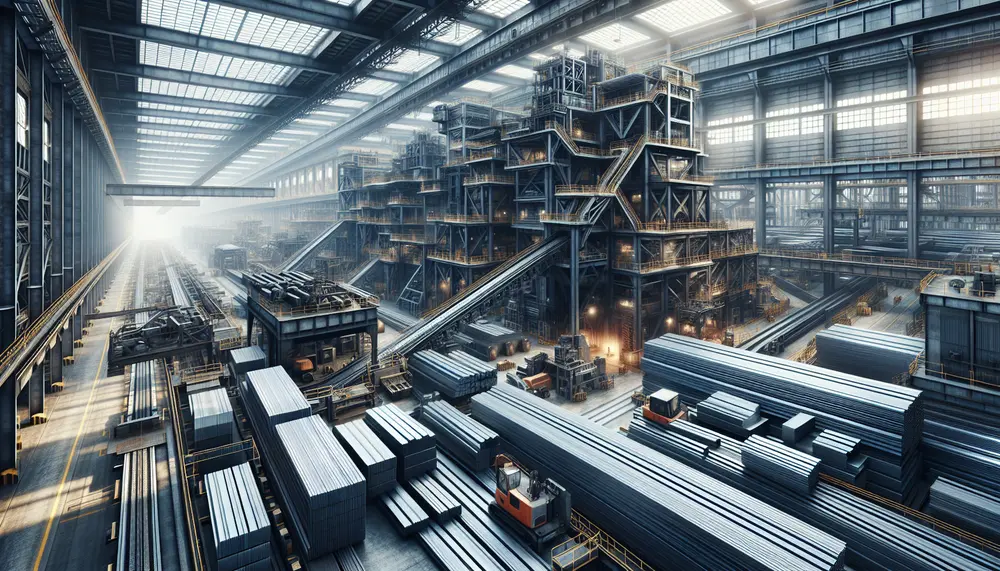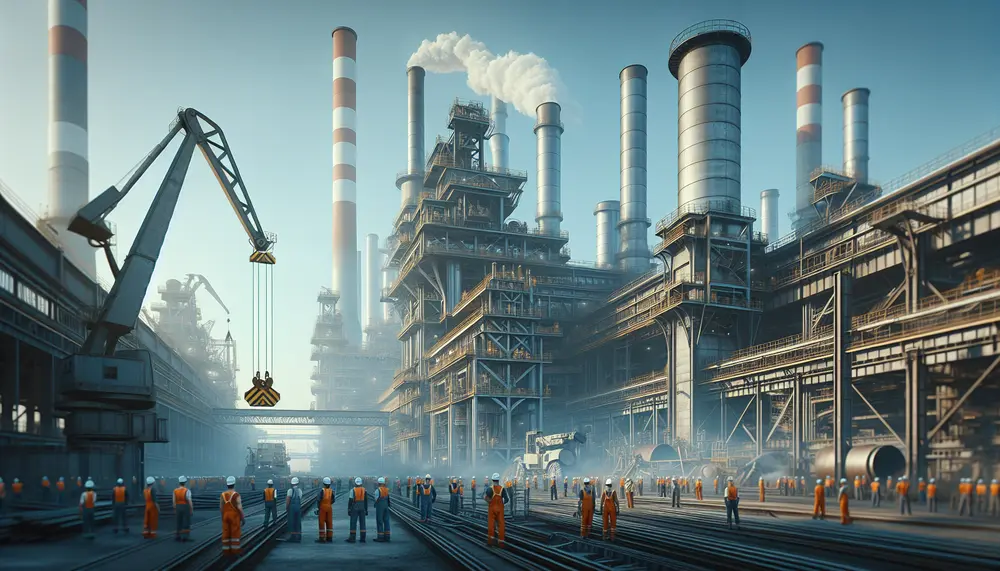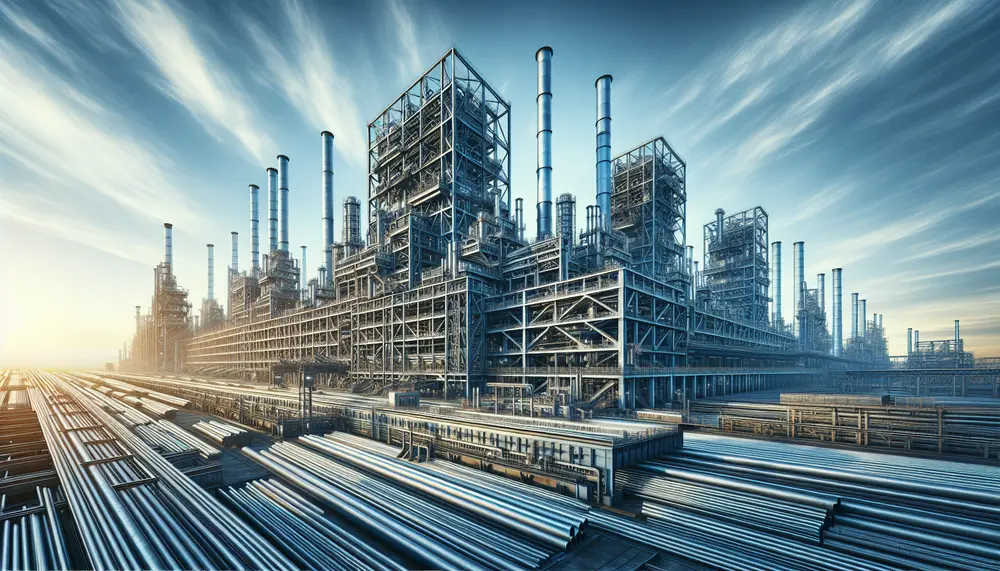Utilization Rate
Utilization Rate
Was ist die Utilization Rate?
Im Industriezweig der Stahlproduktion und Stahlhandels spielt die Utilization Rate, oder auch Auslastungsrate, eine bedeutende Rolle. Sie ist ein wichtiger Indikator für die Effizienz eines Stahlunternehmens. Die Utilization Rate gibt an, in welchem Ausmaß die Produktionskapazitäten eines Unternehmens genutzt werden.
Wie berechnet man die Utilization Rate?
Die Berechnung der Utilization Rate ist eigentlich recht einfach. Man teilt die tatsächliche Produktion durch die maximale mögliche Produktion und multipliziert das Ergebnis mit 100. Das Resultat wird dann als Prozentsatz ausgedrückt. Eine hohe Auslastungsrate bedeutet, dass die Produktion nahe an der maximalen Kapazität eines Unternehmens operiert.
Auslastungsrate und Effizienz
Eine höhere Utilization Rate weist meistens auf eine effizientere Nutzung der Ressourcen hin. Sie könnte ein Zeichen dafür sein, dass das Unternehmen seine Produktionsanlagen und Arbeitskräfte optimal einsetzt. Dies würde auch zu geringeren Stückkosten führen, da sich die fixen Kosten auf mehr produzierte Einheiten verteilen.
Die Utilization Rate im Stahlhandel
Im Stahlhandel ist die Utilization Rate besonders wichtig, weil sie Einfluss auf die Preisbildung hat. Wenn die Auslastungsrate hoch ist, bedeutet das eine hohe Nachfrage. Diese hohe Nachfrage kann zu steigenden Preisen führen. Auf der anderen Seite kann eine niedrige Auslastungsrate auf eine schwache Nachfrage hindeuten, was wiederum die Preise senken könnte.
Blog Posts with the term: Utilization Rate

Key Performance Indicators (KPIs) are crucial for the steel industry, guiding operational improvements and aligning business objectives with market demands. They include metrics like energy consumption rates and CO2 emissions, which help companies increase profitability while adhering to sustainability goals....

Turkey's steel industry is a key economic pillar, known for its high-quality production and strategic location that bridges Europe and Asia. Despite challenges like raw material dependency and global price fluctuations, the sector has shown resilience through innovation and contributes...

The article discusses the state-wise analysis of steel production, highlighting how factors like resources, infrastructure, and policies influence each state's output. It emphasizes that such an overview provides insights into economic development patterns and helps stakeholders make informed decisions regarding...

Steel production statistics are essential for assessing the global economy and steel industry health, reflecting industrial activity and economic trends through raw output and capacity utilization rates. These figures are influenced by technological advancements, market demands, trade policies, environmental considerations,...
